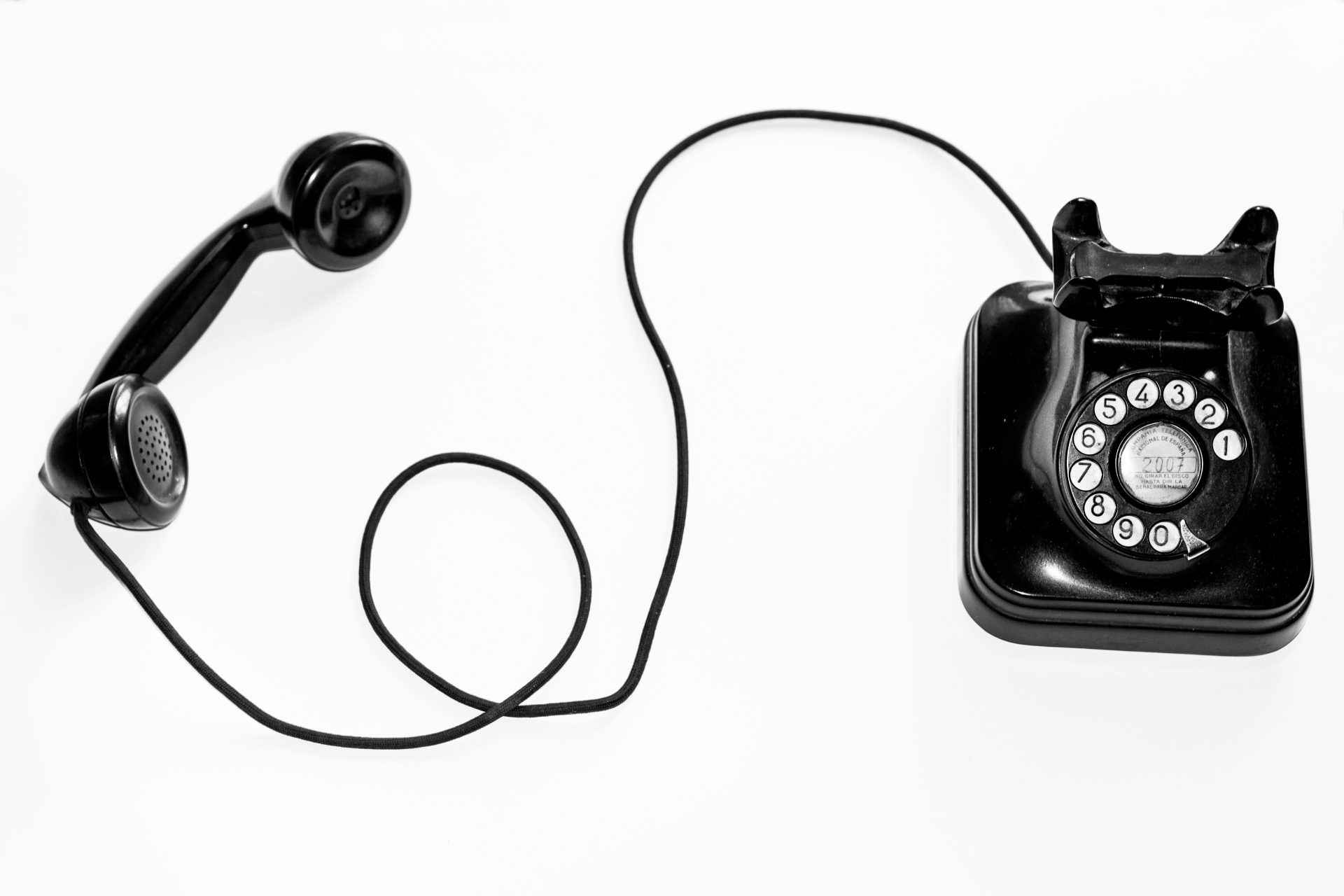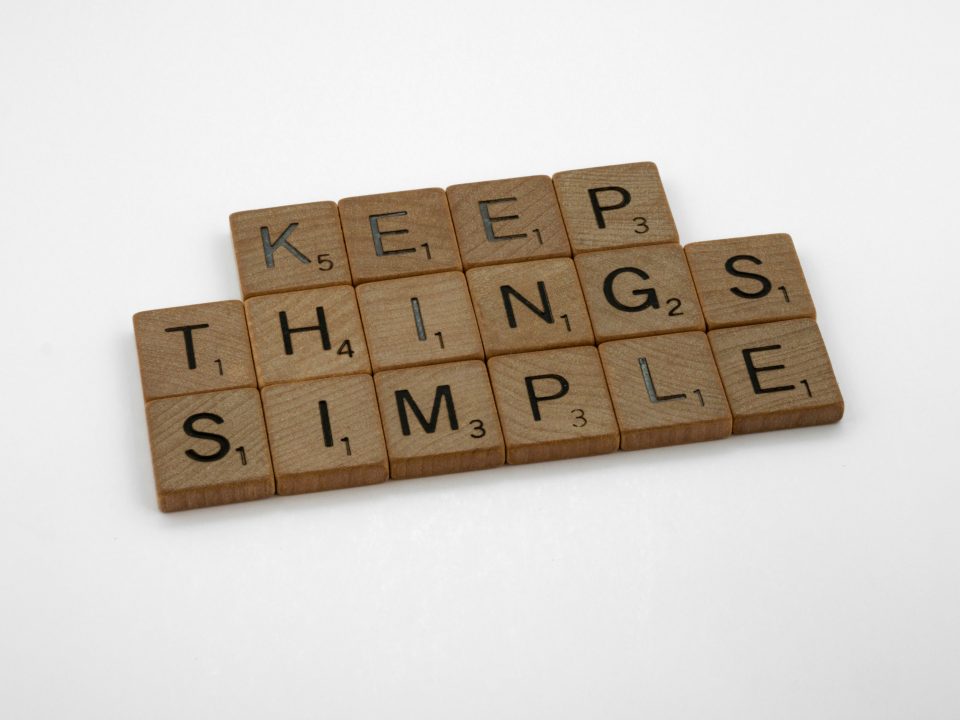When and how you communicate with customers sets the path for a positive, long-term relationship.
By Casey Hinton, With Jennifer Paulson

If you’re married or in a long-term relationship, you know that when, how, and what you communicate can make or break that arrangement. You (hopefully) pick up on the best times to talk to your partner, how to approach them, and the kinds of things to tell them to get your point across.
The same principles hold true for your customers. To provide adequate—or event above-average—customer service, you must communicate with your customers, and doing it the right way and at the right time can make or break your business relationship.
Timing Is Everything
Chances are, you know your long-term customers pretty well. You know if they like to communicate early in the morning before they head to the office or later in the evening. Getting in synch is critical to avoid playing phone tag for days on end.
Make note if a customer tells you they’re heading on an intense business trip—that could mean they’ll be harder to reach or that it might not be the best time to have discussions that can wait until they can give you their full attention. If they communicate that they’re heading on a family vacation and will be unplugged, make note of it and handle any pressing matters like show entries and vet bills before they leave.
Also consider time zones. You probably have customers out of state. Your early morning in Florida is excessively early in California. Or maybe it gives you an opportunity to set aside time to contact a customer an hour ahead of you before you start your daily routine.
Make the Call
I’m old-fashioned—calling is my deal. I’d rather pick up the phone and discuss something and get it handled than go back and forth texting. You also probably have at least one customer who’s very responsive and the texting could go on forever. If you’re like me, you just don’t have time for that. Your job is to be on the back of a horse or in the breeding barn—not texting on your phone.
Have Constructive Conversations
To you, that 2-year-old might be one of 10 you have as prospects for the futurities. But to the owner, that horse could be an emotional connection. How you communicate about that horse’s progress, talent, and future can mean the difference between keeping a customer long term and losing an investor in your business.
You want to be honest and up front, telling an owner the good and the not-so-good. But this can be done in an educational, rational manner rather than one that elicits an emotional response. For example, instead of saying, “That colt doesn’t stand a chance,” explain to them why. Maybe it’s maturity and he might be ready to compete the next year and doing what’s best for the horse is best for everyone involved. Or perhaps it’s that the horse might not be able to compete on the open level but could have a shot with a lower-level non pro.
The Bottom Line
We lose people from this industry all the time because of poor communication. Part of being in the service industry is providing education and listening to our customers’ needs. When I first got into this business, Robin Merrill told me, “One of the biggest keys is to talk to your customers. Call them. Establish communication, and stay in touch.” Make the time to make the effort. It’ll pay off with happy, long-term customers who share your vision and support your business.



